Bright Red Bark and Ever-Changing Leaves
Why Coral Bark Japanese Maple Trees?
Intense red color, even in the winter - the Coral Bark Japanese Maple Tree makes the ultimate statement. Bright red bark adds a spark of personality throughout the winter months. It grows upright and while it's on the larger scale compared to most Maples, it is compact and ideal for small yards...and even patios.
Plus, foliage color changes leave an eye-catching impression. While the red bark makes a statement in the winter, the foliage steals the show throughout spring, summer, and fall. Green leaves emerge in the spring and have reddish-pink tinges of color at the tips of them.
As the seasons progress, the leaves transform into a medium green color, that deepens to an almost neon green for the summer season. It finally takes on autumn-like hues of fiery red, bright yellow and rusty orange in late summer into early fall.
Why Fast-Growing-Trees.com is Better
Best of all, it's easy to own. This Coral Bark Japanese Maple is heat and drought tolerant. Harsh summer temperatures don't faze this amazing tree.
And we groom it to perfection, with all of its roots intact, so that it arrives healthy and ready to thrive. You'll receive a healthy tree that has performed perfectly at our nursery and is ready to excel in your yard or container. Order yours now!
Planting & Care
1. Planting: First, ensure you select an area with well-drained soil and the proper sunlight requirements for your Coral Bark. Keep in mind that your tree should be shielded from the harsh afternoon sun, especially if you live in a hotter climate.
When planting, the hole should be dug slightly larger than the root system of the plant, 2 to 3 times the width and just as deep as the root ball. The root collar of the tree, the ground line on the stem where the young plant was grown, should be level with the ground surface. Fill the hole and tamp down the soil as you proceed to cut back on any air pockets from forming. Water the planting site and then mulch to preserve soil moisture.
2. Watering: The typical amount of water supplied to the most common lawn and garden plants should be adequate for your new Japanese Maple Tree. During the hot summer months, water your Japanese Maple in early morning or evening. If you're not sure when to water, simply check the surrounding soil for dryness.
3. Fertilizing: Japanese Maples do not require large amounts of nutrients. If your other lawn and garden plants do well, your Japanese Maple should grow just fine. Any recommended fertilization should use a balanced complete fertilizer for shrubs and trees. This should be applied once a year in early spring, and if possible, before the leaves appear.
4. Pruning: Your tree will need 2 to 3 years to become firmly established in your lawn or garden before pruning. After this period, you may begin to prune your tree if desired, although it is not required.

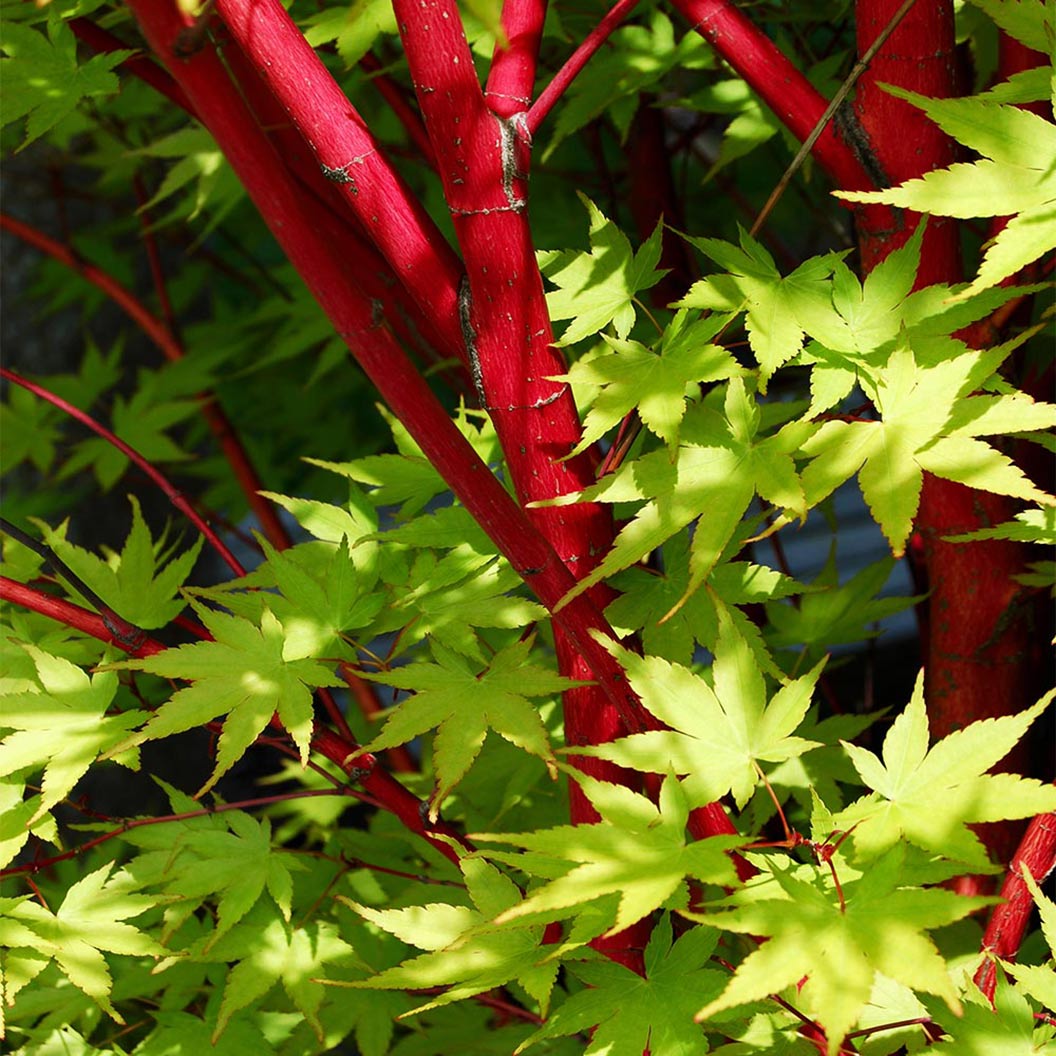
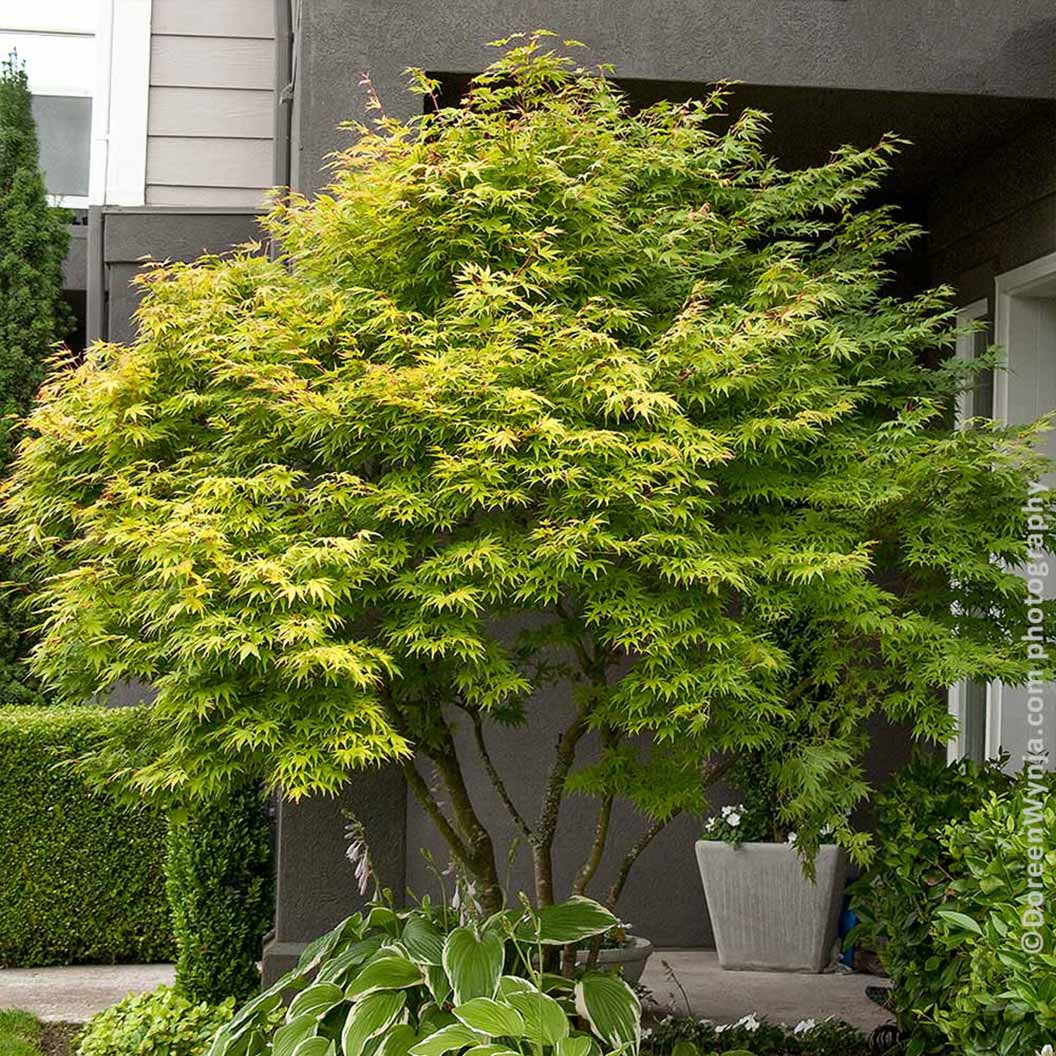

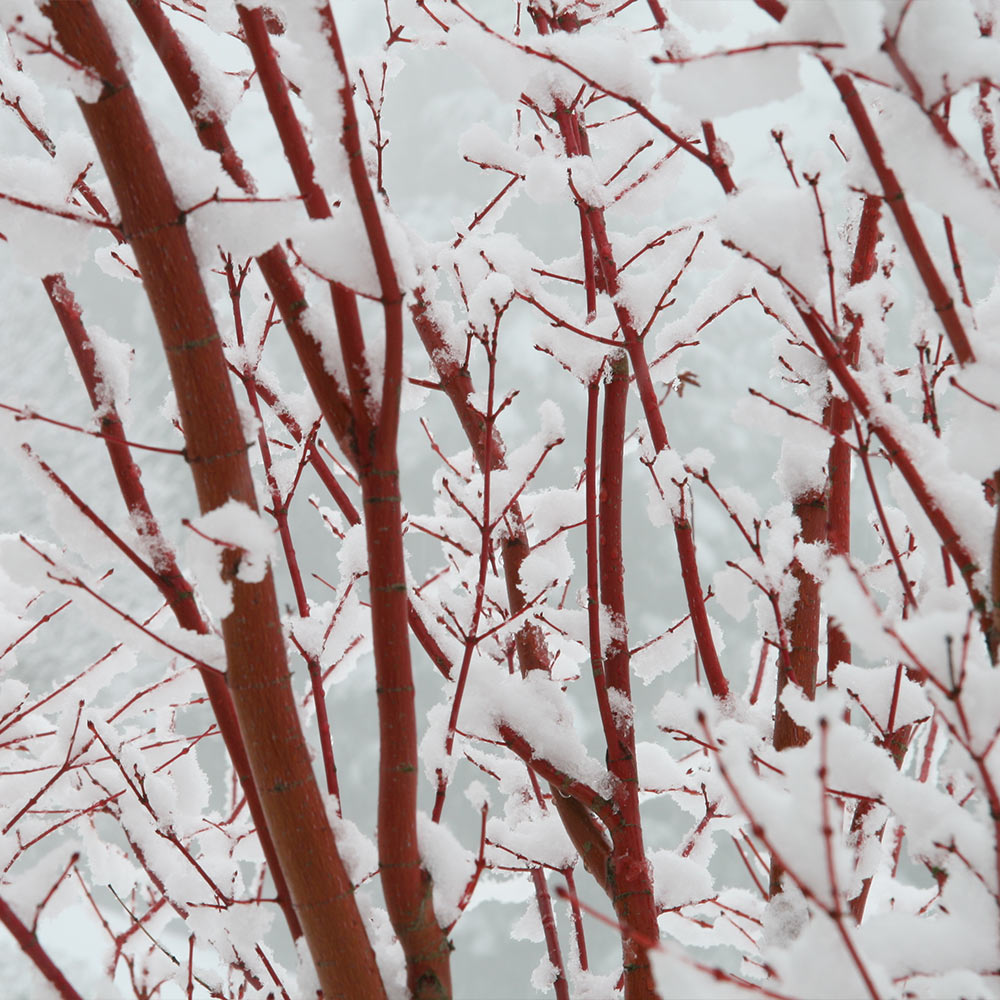
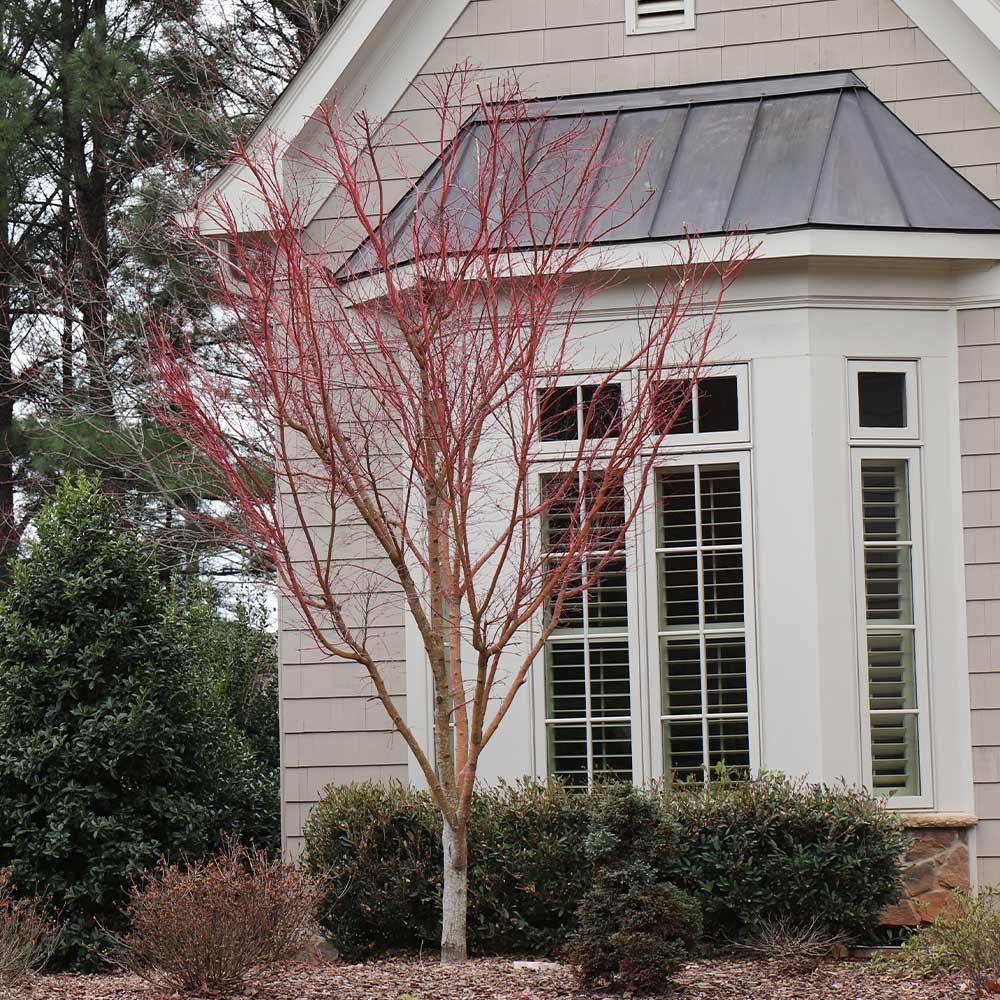
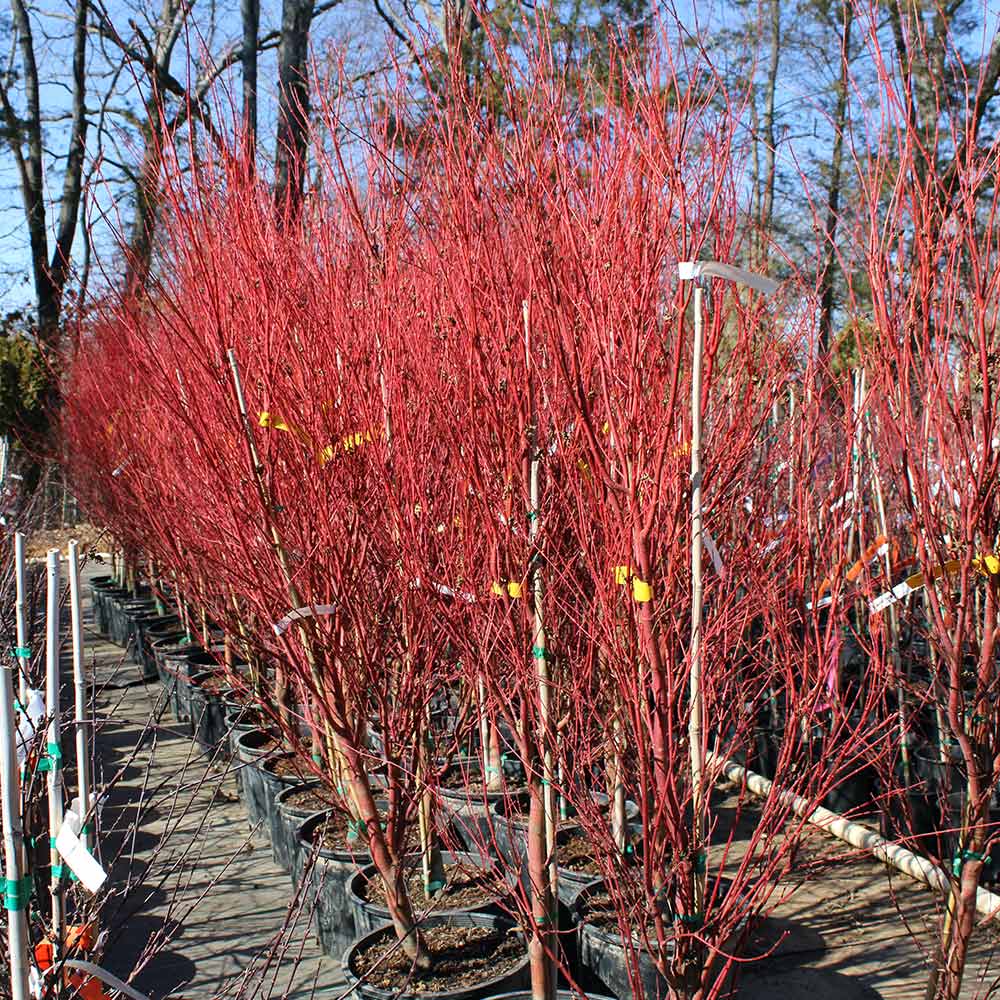
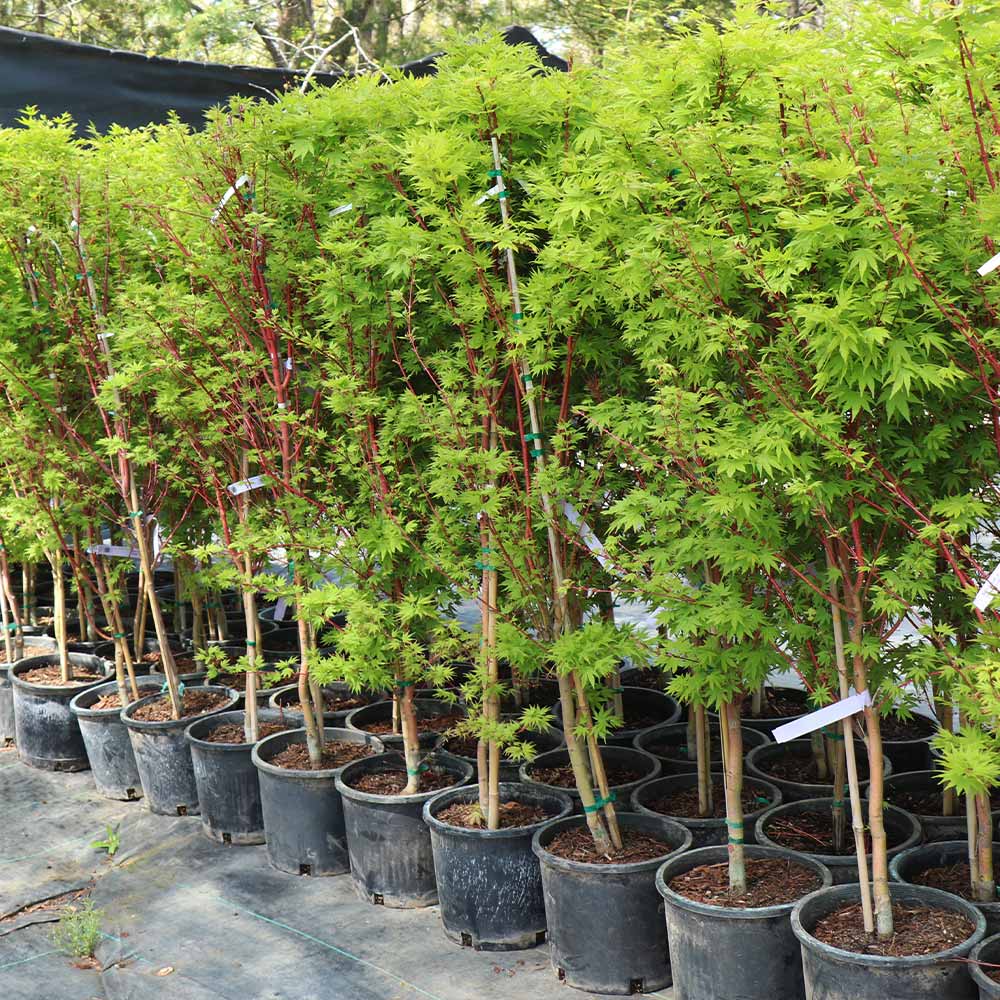

Comment